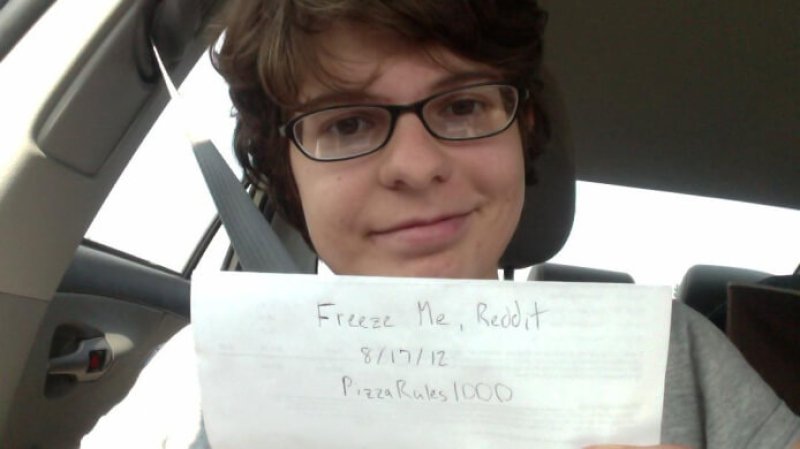The GLP aggregated and excerpted this blog/article to reflect the diversity of news, opinion and analysis.
In the moments just before Kim Suozzi died of cancer at age 23, it fell to her boyfriend, Josh Schisler, to follow through with the plan to freeze her brain.
More than memories, Josh, then 24, wished for the crude procedure to salvage whatever synapses gave rise to her dry, generous humor, compelled her to greet every cat she saw with a high-pitched “helllooo,” and inspired her to write him poems.
They knew how strange it sounded, the hope that Kim’s brain could be preserved in subzero storage so that decades or centuries from now, if science advanced, her billions of interconnected neurons could be scanned, analyzed and converted into computer code that mimicked how they once worked.
But Kim’s terminal prognosis came at the start of a global push to understand the brain. And some of the tools and techniques emerging from neuroscience laboratories were beginning to bear some resemblance to those long envisioned in futurist fantasies.
For one thing, neuroscientists were starting to map the connections between individual neurons believed to encode many aspects of memory and identity.
The research, limited so far to small bits of dead animal brain, had the usual goals of advancing knowledge and improving human health. Still, it was driving interest in what would be a critical first step to create any simulation of an individual mind: preserving that pattern of connections in an entire brain after death.
Read full, original post: A Dying Young Woman’s Hope in Cryonics and a Future































